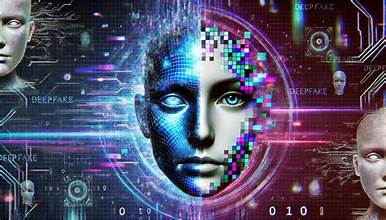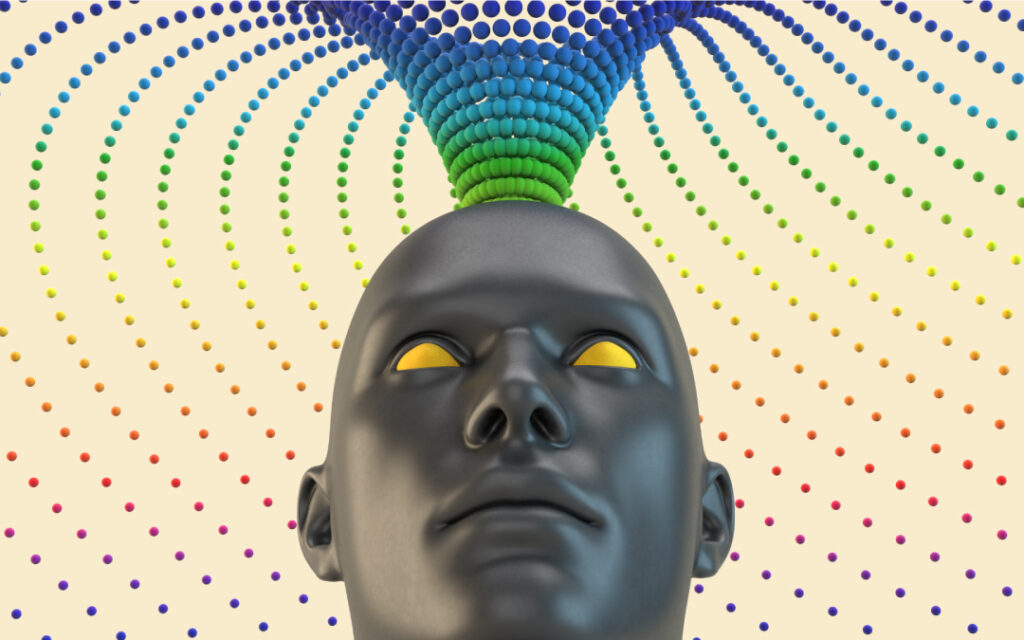Introduction to Deepfakes and Their Impact
As technology continues to evolve at a breakneck pace, the digital landscape is becoming increasingly complex. One of the most striking developments in this realm is the rise of deepfakes—hyper-realistic videos and audio recordings that use artificial intelligence to manipulate reality. From celebrities sharing false statements to political figures appearing in compromising situations, these creations pose significant threats to trust and authenticity in digital content.
The implications are profound. Misinformation spreads like wildfire, eroding public confidence and impacting societal norms. But as we stand on the brink of an era defined by digitally manipulated media, there’s a glimmer of hope: AI isn’t just creating deepfakes; it’s also being harnessed to combat them. This blog explores how advancements in artificial intelligence are paving the way for innovative defenses against these deceptive technologies while raising important questions about ethics and responsibility along the way. Let’s dive into this ongoing battle between creation and detection, where each side is locked in a race against time—and truth itself.
The Role of AI in Creating and Detecting Deepfakes
AI’s role in the realm of deepfakes is both fascinating and alarming. On one hand, it powers the creation of hyper-realistic digital content. Algorithms learn from vast datasets, enabling them to mimic human features with uncanny accuracy.
These same advancements also serve as a double-edged sword. AI doesn’t just fabricate; it’s key in detecting these manipulated media. Detection systems leverage machine learning to identify inconsistencies that may escape human eyes.
For instance, subtle artifacts or irregularities often reveal a fake image or video’s true nature. As creators become more skilled at deception, so too do detectors evolve their strategies.
Collaboration between developers and researchers is crucial here. By sharing insights and tools, they enhance detection capabilities continuously. This ongoing technological dialogue is essential for outpacing threats posed by deepfakes while ensuring responsible use of AI technology.
Advancements in Deepfake Detection Technology
Recent advancements in deepfake detection technology have been groundbreaking. Researchers are harnessing machine learning and neural networks to identify manipulated media with remarkable precision.
One innovative approach involves analyzing subtle inconsistencies in facial movements or audio distortions. These nuances often escape casual observers but reveal the artificial nature of a deepfake.
New algorithms are being developed that can scrutinize visual artifacts, such as unnatural lighting or shadows. This attention to detail enhances accuracy in distinguishing real from fake digital content.
Collaboration between tech companies and academia is vital. Sharing data sets helps train models more effectively, improving response times against emerging threats.
Additionally, crowd-sourced platforms are leveraging collective intelligence for faster detection of suspicious content. As this technology evolves, it continues to push boundaries and offer hope in the fight against misinformation.
Challenges and Limitations of Deepfake Defense
Deepfake defense technologies face significant challenges. One major hurdle is the rapid evolution of deepfake creation techniques. As detection methods improve, so do the tactics used to create convincing fake content.
Another issue lies in the sheer volume of digital content generated daily. With countless videos and images uploaded every minute, it’s nearly impossible to monitor everything effectively. This places immense pressure on AI systems tasked with identifying fakes amidst legitimate media.
Additionally, there’s a constant battle between accessibility and security. While advanced tools are being developed for detecting deepfakes, they often remain out of reach for smaller organizations or individual users due to high costs or technical complexity.
False positives can lead to genuine frustration as innocent individuals may be wrongly accused of creating misleading content. Navigating these complexities requires ongoing innovation and collaboration across industries dedicated to preserving trust in digital media.
The Ethical Implications of Using AI for Deepfake Defense
The rise of deepfakes brings forth significant ethical concerns, especially when we consider the role of AI in combating them. While technology can aid in detection, it also raises questions about privacy and surveillance.
Using AI to identify manipulated media may inadvertently lead to overreach. There’s a thin line between protection and invasion of personal space. Constant monitoring could become a norm rather than an exception.
Moreover, reliance on automated systems for verification might undermine human judgment. If people trust algorithms more than their own instincts, where does that leave critical thinking?
The potential for misuse is another factor. Deepfake defense tools could be weaponized against dissenters or used to stifle free expression under the guise of protecting digital content integrity.
Navigating these ethical waters requires careful consideration as society grapples with both innovation and morality in this ongoing battle against threats posed by artificial manipulation.
Future Directions and Possibilities for Combating Deepfakes
The future of combating deepfakes lies in a multi-faceted approach. Emerging technologies promise to enhance detection capabilities significantly. Machine learning models are evolving, becoming smarter at identifying subtle inconsistencies in digital content.
Collaboration among tech companies, researchers, and governments will play a crucial role. By sharing data and best practices, they can develop more robust defense mechanisms against this growing threat.
Legislation could also shape the landscape. As awareness increases about the dangers posed by manipulated media, stricter regulations may emerge to deter misuse while protecting legitimate creators.
Additionally, integrating blockchain technology offers intriguing possibilities for verifying authenticity. By creating immutable records of original content, it becomes easier for users to trust what they see online.
Consumer education is equally vital. Empowering individuals with knowledge about deepfakes will help them critically assess digital content before sharing or believing it.
The Ongoing Battle Against Artificially Manipulated Media
The fight against deepfakes is far from over. As technology continues to evolve, so too do the tactics employed by those creating misleading digital content. The capabilities of artificial intelligence in generating hyper-realistic fakes pose significant threats across various sectors—from politics to entertainment and beyond.
However, the rise of advanced detection technologies provides a glimmer of hope. By leveraging AI’s analytical power, researchers are developing new methods that can distinguish between authentic media and manipulated visuals with increasing precision. This ongoing battle requires innovation at every turn as both creators and defenders adapt to one another’s strategies.
Collaboration among tech companies, governments, and academic institutions will be essential for staying ahead in this arms race. It’s not just about detecting deepfakes; it’s also about educating the public on discerning fact from fiction in an era where visual information can no longer be taken at face value.
As we navigate through these uncharted waters together, vigilance remains crucial against the dangers posed by artificially manipulated media. With continued investment in research and development, there exists potential for a future where digital content integrity is safeguarded more effectively than ever before.




